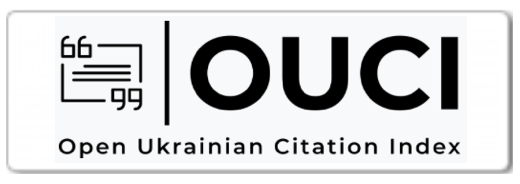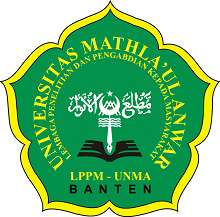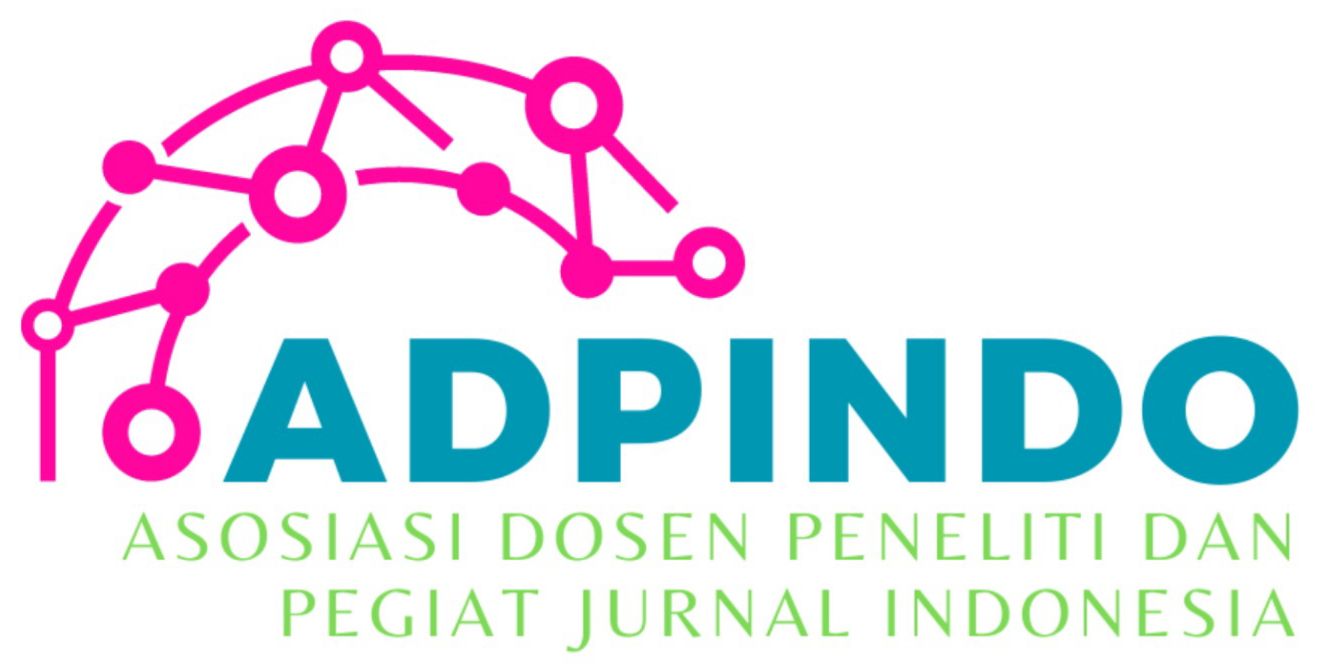THE RATE OF ECONOMIC GROWTH, MSES AND HOUSEHOLD CONSUMPTION EXPENDITURE ON THE NUMBER OF POOR PEOPLE IN LAMPUNG PROVINCE
Main Article Content
Oky Indrajaya
Neli Aida
Asih Murwiati
This study aims to analyze the influence of Gross Regional Domestic Product (GDP) per capita, Regency/City Minimum Wage (MSE), and Household Consumption Expenditure (PKRT) on poverty levels in Lampung Province during the period 2010–2024. Using the panel data regression method and the Fixed Effect Model (FEM) approach, this study utilizes data from six districts/cities selected based on the socioeconomic diversity of the region. The results of the study show that GDP has a negative and significant effect on the poverty rate, indicating that economic growth plays an important role in reducing the number of poor people. On the contrary, MSEs have a positive and significant effect, which indicates that the increase in the minimum wage has not been able to reduce poverty, especially in areas with the dominance of the informal sector. Meanwhile, PKRT did not show a significant influence on poverty. These findings show that poverty alleviation efforts in the regions need to be directed towards inclusive economic growth, wage policies that are adaptive to local employment structures, and sustainable strengthening of household consumption capacity.
Al, S., & Yuniarti, D. (2023). Upah Minimum dan Kemiskinan di Pulau Jawa. 14(1), 1–11.
Banerjee, A. V, & Duflo, E. (2006). The Economic Lives of the Poor Abhijit V. Banerjee and Esther Duflo October 2006. Africa, October, 1–42. http://economics.mit.edu/files/530
Burkhauser, R. V., McNichols, D., & Sabia, J. (2023). Minimum Wages and Poverty: New Evidence from Dynamic Difference-in-Differences Estimates. SSRN Electronic Journal. https://doi.org/10.2139/ssrn.4433861
Ceni, R. (2017). Pension schemes and labor supply in the formal and informal sector. IZA Journal of Labor Policy, 6(1), 1–29. https://doi.org/10.1186/s40173-017-0085-1
Darmawan, I. G. N. G. A. I. (2021). Pengaruh Tingkat Pengangguran, Konsumsi Rumah Tangga, dan Tenaga Kerja terhadap Kemiskinan di Indonesia. E-Journal EP Unud, 10(12), 4893–4921.
Del Carpio, X. V., & Pabon, L. M. (2017). Implications of Minimum Wage Increases on Labor Market Dynamics Lessons for Emerging Economies. Implications of Minimum Wage Increases on Labor Market Dynamics Lessons for Emerging Economies, April. https://doi.org/10.1596/1813-9450-8030
Dewi Anggraeni Chairunnisa, A., & Fauzan, A. (2023). Implementation of Panel Data Regression in the Analysis of Factors Affecting Poverty Levels in Bengkulu Province in 2017-2020. EKSAKTA: Journal of Sciences and Data Analysis, 4(1), 40–45. https://doi.org/10.20885/eksakta.vol4.iss1.art5
Dewi, R. F., & Setyowati, E. (2022). The effect of economic growth, unemployment, wages and labor on poverty in the Pati Ex-Resident in 2017-2021. Procedia of Social Sciences and Humanities, 3(c), 88–95. https://pssh.umsida.ac.id.
Hidayati, N., Fransiska, H., & Agwil, W. (2023). Poverty panel data modeling in south sumatra. 17(3), 1203–1214.
Jainuddin, Amalia, S., & Awaluddin, M. (2023). the Effect of Government Expenditure and Investment on Gross Regional Domestic Product and Poverty in East Kalimantan Province. Business and Accounting Research (IJEBAR) Peer Reviewed-International Journal, 7(2), 2023. https://jurnal.stie-aas.ac.id/index.php/IJEBAR
Lusiarani, W. D., Firmansyah, M., & ... (2024). Analysis of the Effect of Unemployment and Household Consumption on Poverty Through Economic Growth as an Intervening Variable. International Journal of …, 4(6), 3045–3056. https://yrpipku.com/journal/index.php/ijedr/article/view/3853%0Ahttps://yrpipku.com/journal/index.php/ijedr/article/download/3853/2717
Naufal, A., & Fikriah, F. (2023). Regional Nexus of Economic Growth, Income Inequality and Poverty. Ekonomikalia Journal of Economics, 1(2), 61–68. https://doi.org/10.60084/eje.v1i2.114
Nurjati, E. K. A. (2024). The Socioeconomic Determinants of Poverty Dynamics in Indonesia. 37(2), 345–354.
Rizki, M., & Solihati, K. D. (2022). The Impact of Corruption, Inflation and Unemployment Towards Poverty in Indonesia Muhammad Rizki and Keisha Dinya Solihati. 4(1), 47–56.
Rizwanul, I. (2004). Issues in Employment and Poverty Discussion Paper The Nexus of Economic Growth, Employment and Poverty Reduction: An Empirical Analysis. The Nexus of Economic Growth, Employment and Poverty Reduction: AN Empirical Analysis, January, 1–39.
Rosalyne, S. S., Hidayah, S. B., Khoiroh, A. Z., & Wijaya, C. R. (2023). Pengaruh Inflasi, PDRB, Dan Konsumsi Rumah Tangga Terhadap Tingkat Kemiskinan Di Indonesia Periode 2019-2022. SANTRI: Jurnal Ekonomi Dan Keuangan Islam, 2(1 SE-Articles), 34–48. https://journal.areai.or.id/index.php/SANTRI/article/view/193
Salam, A., Pratomo, D. S., & Saputra, P. M. A. (2022). Analisis kemiskinan pada rumah tangga di Jawa Timur melalui pendekatan multidimensi dan moneter. Jurnal Kependudukan Indonesia, 16(2), 127. https://doi.org/10.14203/jki.v16i2.480
Saparuddin Mukhtar, A. S. A. S. A. (2019). THE ANALYSIS OF THE EFFECTS OF HUMAN DEVELOPMENT INDEX. 2(2), 77–89.
Silalahi, A. S., Harningtias, A., & Rengganis, M. (2023). Analysis of the Influence of Economic Growth on Poverty Levels in Medan City. Indonesian Journal of Advanced Research, 2(7), 857–868. https://doi.org/10.55927/ijar.v2i7.4541
Simbolon, C. M., Nisa, F., Pinem, H. A., Alwi, H., Purnomo, D., Rinaldi, M., & Rozaini, N. (2023). Analysis of the Effect of Human Capital and Minimum Wage on Poverty in Indonesia Analisis Pengaruh Modal Manusia Dan Upah Minimum Terhadap Kemiskinan di Indonesia. Journal of Social and Economics Research, 5(2), 213–226. https://idm.or.id/JSER/inde
Sudibyo, I. (2024). Consumption Contribution to Economy Growth. Αγαη, 15(1), 37–48. https://doi.org/10.14293/S2199-1006.1.SOR-.PPVQHAO.v4
Suwandi, W. S. (2022). Do Economic Growth, Income Distribution, and Investment Reduce Poverty Level? Jurnal Berkala Ilmiah Efisiensi, 1(1), 1–12. https://doi.org/10.1016/j.jimonfin.2018.06.012%0Ahttps://doi.org/10168737.2019.1571525%0Ahttp://103.216.87.80/students/index.php/epb/article/view/7724%0Ahttps://jurnal.usk.ac.id/EKaPI/article/view/5604/4636%0Ahttp://journal.umy.ac.id/index.php/esp/article
Yao, I. A. and X. (2016). Inclusive Growth for Sustainable Poverty Reduction in Developing Asia: The Enabling Role of Infrastructure Development. 1–23.






































